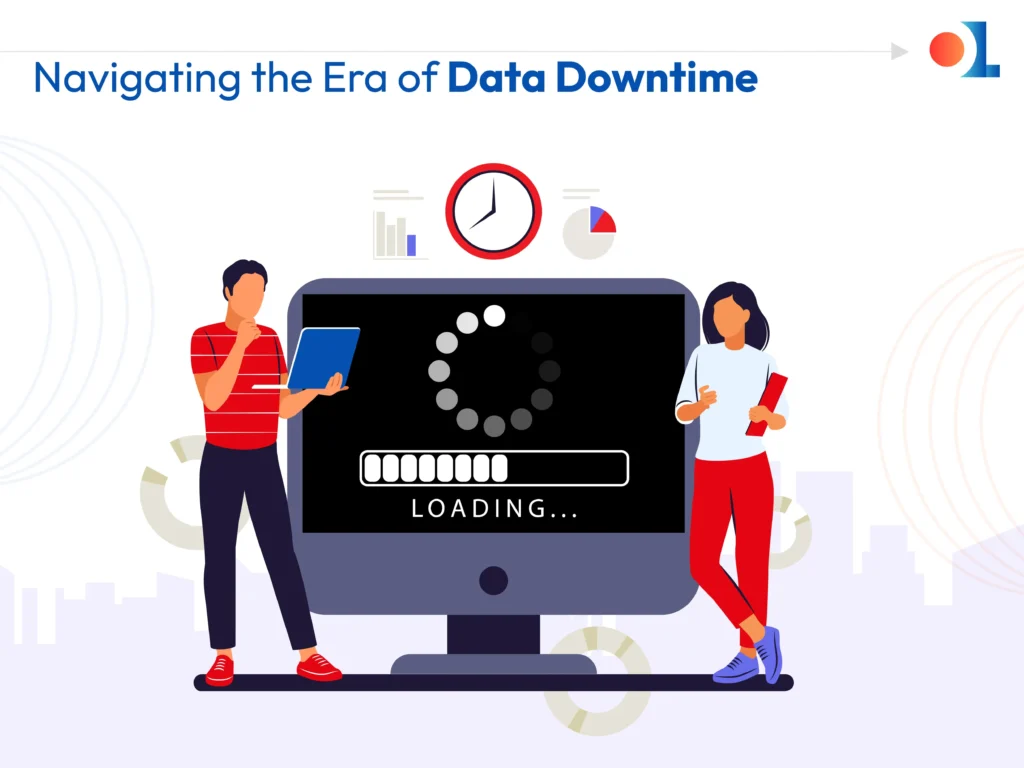In this digital era, data-driven decision-making, the reliability and quality of data have never been this crucial in business.
However, as organizations increasingly rely on complex data ecosystems they encounter an emerging challenge: Data Downtime.
Data downtime refers to the duration when the data is partially or wholly inaccurate, incomplete, or unavailable, leading to missed insights and reports.
Continue reading to gain more insights on the rise of data downtime, its challenges, the benefits of data observability, and how Observelite offers a solution to trust your data over the clock.
However, as organizations increasingly rely on complex data ecosystems they encounter an emerging challenge: Data Downtime.
Data downtime refers to the duration when the data is partially or wholly inaccurate, incomplete, or unavailable, leading to missed insights and reports.
Continue reading to gain more insights on the rise of data downtime, its challenges, the benefits of data observability, and how Observelite offers a solution to trust your data over the clock.
Understanding Data Downtime
The data downtime represents a huge hurdle in an organization where the real-time data are key to the business strategy. Due to this, the data become more complex and undergo constant changes. By this, the risk of data issues increases, causing potential disturbance to business operations and decision-making based on the collected data.
Challenges of Modern Data Management
1. Complex Pipelines and Constant Change: Today’s data ecosystems are vast and complex, involving numerous sources, transformations, and destinations. Managing these pipelines requires a strong understanding of the data flow and constant awareness to adapt to changes to avoid disruptions.
2. High-Growth Teams and Lack of Communication: Rapidly expanding organizations can struggle with maintaining effective communication channels regarding data management. Without clear protocols and understanding, data can easily be misinterpreted.
3. Testing Gaps and Reactive Teams: Traditional data management often lacks comprehensive testing, leading to an impulsive reaction where teams only address issues after they have impacted the business. This method is inefficient and leads to data downtime.
4. Losing Organizational Trust in Data: Repeated instances of data inaccuracy or unavailability reduce the trust stakeholders have in the organization’s data, making them hesitant to base decisions on the critical resource.
2. High-Growth Teams and Lack of Communication: Rapidly expanding organizations can struggle with maintaining effective communication channels regarding data management. Without clear protocols and understanding, data can easily be misinterpreted.
3. Testing Gaps and Reactive Teams: Traditional data management often lacks comprehensive testing, leading to an impulsive reaction where teams only address issues after they have impacted the business. This method is inefficient and leads to data downtime.
4. Losing Organizational Trust in Data: Repeated instances of data inaccuracy or unavailability reduce the trust stakeholders have in the organization’s data, making them hesitant to base decisions on the critical resource.
The Benefits of Data Observability
Data observability is a proactive solution to the data downtime challenges. It is based on five pillars: freshness, distribution, volume, schema, and lineage. Data Observability monitors all these aspects to detect and address data issues/disturbance before they cause downtime.
The Core Principles of Data Observability
◈ Freshness: Ensures data is updated within expected time frames.
◈ Distribution:: Monitors the values within datasets to identify anomalies.
◈ Volume:: Checks for expected amounts of data, alerting to sudden drops or spikes.
◈ Schema:: Tracks changes in data structures that could indicate problems.
◈ Lineage:: Provides insights into data origins and transformations, aiding in troubleshooting.
◈ Distribution:: Monitors the values within datasets to identify anomalies.
◈ Volume:: Checks for expected amounts of data, alerting to sudden drops or spikes.
◈ Schema:: Tracks changes in data structures that could indicate problems.
◈ Lineage:: Provides insights into data origins and transformations, aiding in troubleshooting.
The Impact of Data Observability
Implementing data observability through Observelite, will significantly reduces data downtime, ensuring the end-users to have access to reliable and timely information. Shifting from a reactive to a proactive approach in managing data builds trust across the organization, as the end users can rely on the accuracy and availability of the data.
How It Works
Data observability tools like Observelite, continuously monitors data pipelines for any issues related to the five pillars of data observability. This tool does automated testing and anomaly detection to identify potential problems, providing alerts and insights for quick resolution.
How It Helps Your Business
Embracing data observability with solutions like Observelite offers several benefits:
– Minimizes data downtime: Supports consistent business operations by keeping your data accurate and available.
– Enhances decision-making: Reliable data collected, leads to informed decisions for driving growth and innovation.
– Builds trust: Ensuring data quality and reliability strengthens trust across all levels of the organization.
– Minimizes data downtime: Supports consistent business operations by keeping your data accurate and available.
– Enhances decision-making: Reliable data collected, leads to informed decisions for driving growth and innovation.
– Builds trust: Ensuring data quality and reliability strengthens trust across all levels of the organization.
How to Get Started
Integrating data observability (Observelite) into your organization begins with understanding your current data landscape and identifying key areas that face issues. This involves:
1. Assessment: Examine your data pipelines to determine critical points for monitoring.
2. Integration: Seamlessly integrate Observelite with your existing data systems.
3. Customization: Modify Observelite monitoring and alert systems to meet your specific needs.
1. Assessment: Examine your data pipelines to determine critical points for monitoring.
2. Integration: Seamlessly integrate Observelite with your existing data systems.
3. Customization: Modify Observelite monitoring and alert systems to meet your specific needs.
The Data Observability Checklist
To effectively implement data observability, ensure you:
– Identify and prioritize critical data pipelines.
– Set baselines for the five pillars of data observability.
– Integrate a comprehensive data observability tool like Observelite.
– Develop an effective plan for addressing identified issues.
– Regularly review and adjust your observability strategy as your data ecosystem evolves.
– Identify and prioritize critical data pipelines.
– Set baselines for the five pillars of data observability.
– Integrate a comprehensive data observability tool like Observelite.
– Develop an effective plan for addressing identified issues.
– Regularly review and adjust your observability strategy as your data ecosystem evolves.
Start Trusting Your Data with Observelite
Data downtime is a problem growing with the digital age; however, not an impossible one. Observelite gives organizations a proactive approach that can help them negotiate the swirl of modern data ecosystems. Initiate the data environment journey into reliability with Observelite, which helps you monitor the critical aspects that will give you control for keeping data integrity, making informed decisions, and regaining organizational trust in your data.


